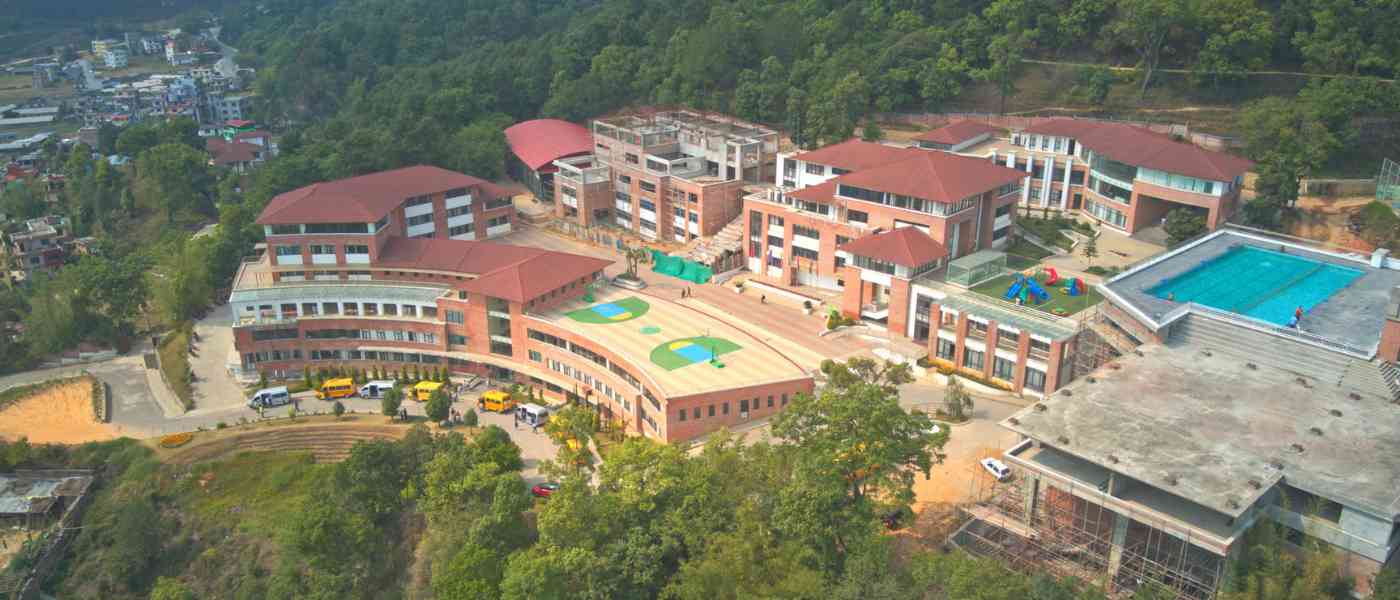Kathmandu World School (KWS), one of the top schools in Kathmandu, continually enhances its education system to ensure students learn effectively and keep pace with global trends. Among its innovative initiatives is the adoption of the flipped classroom model, a teaching approach that emphasizes creative learning and active student participation. By shifting from traditional to modern classroom structures, KWS empowers students to take ownership of their learning, equipping them for academic success and real-world challenges.
What is the Flipped Classroom Model?
Unlike the traditional model where teachers deliver lectures in class and assign homework for independent practice, the flipped classroom reverses this structure. Students study instructional materials—such as video lectures, texts, or presentations—at home, while class time is dedicated to interactive, higher-order activities like discussions, debates, collaborative projects, and hands-on learning.
This approach maximizes classroom time for deeper engagement and critical thinking. At KWS, the model fosters a more active learning environment, encouraging students to delve into complex concepts with teacher guidance and peer collaboration.
Benefits at KWS
Personalized Learning Pace
By reviewing materials at home, students can pause, rewind, or revisit content as needed. This flexibility helps them better understand concepts and come to class prepared for advanced discussions and applications.
Interactive Class Time
Traditional lectures are minimized in favor of student-centered activities that develop critical thinking, problem-solving, and communication skills. Teachers act as facilitators, guiding students through real-world applications and promoting cooperative learning.
Effective Use of Technology
KWS integrates digital tools like video lectures, online quizzes, and discussion forums to make learning accessible anytime. Early exposure to technology also enhances students’ digital literacy—a crucial skill in today’s World.Addressing Challenges
While the flipped classroom encourages autonomy, it also demands self-discipline, which can be challenging for some students. Issues like procrastination, distractions, or lack of interest may arise. To counter these, KWS has implemented:
Study Timetables and Progress Trackers: These tools help students manage their time effectively.
Teacher Check-Ins: Regular monitoring ensures accountability and progress.
Workshops on Study Skills: Sessions on time management and independent learning equip students with essential skills for success.
Leading the Way in Education Innovation
By gradually refining and expanding the flipped classroom model, KWS addresses its challenges while creating an inclusive, engaging learning environment. This approach prepares students for a future where adaptability, critical thinking, and self-directed learning are key to success.
KWS stands as a shining example of how innovation in education can revolutionize the learning experience, fostering a generation ready to thrive in a rapidly changing world.


